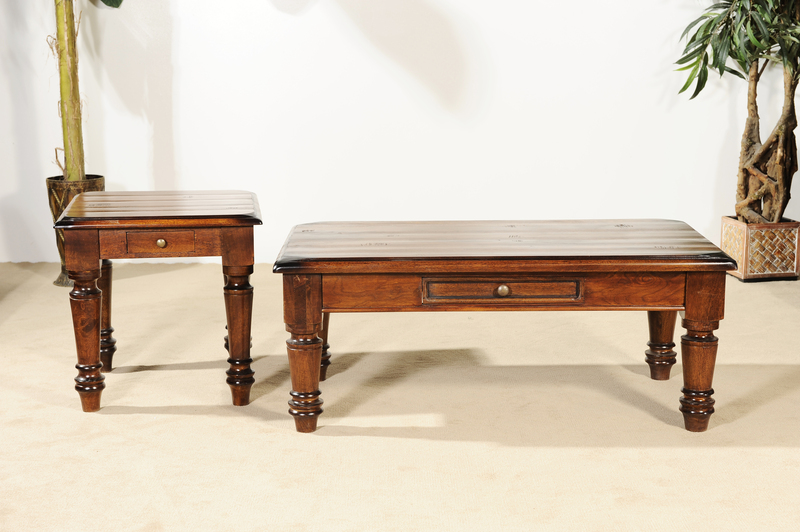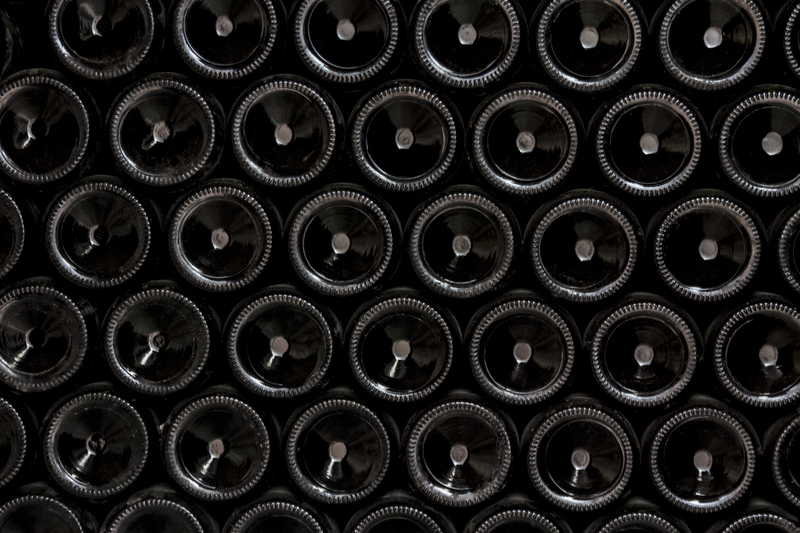Mastering the Art of Pot and Pan Recycling
Did you know that your old pots and pans can enjoy a second life beyond your kitchen? With the rising importance of sustainability, recycling cookware is a critical but often overlooked element in waste reduction. In this comprehensive guide, we'll explore mastering the art of pot and pan recycling--making sure your cookware ends up in the right place, not just the landfill.
Why Recycle Pots and Pans?
Every year, millions of pounds of metal cookware are thrown away, contributing to overflowing landfills and missed opportunities for resource recovery. Recycling pots and pans helps conserve valuable materials such as steel, aluminum, copper, and stainless steel, which can be reused in countless applications.
- Environmental Protection: By recycling, you reduce the need for raw material extraction, which minimizes air and water pollution.
- Energy Conservation: Recycling metals uses significantly less energy compared to mining and refining new metals.
- Waste Reduction: Keeps bulky cookware items out of local landfill sites, extending landfill lifespan.
- Circular Economy: Your efforts feed valuable metals back into the production cycle, reducing overall resource consumption.

Understanding Cookware Composition
Not all pots and pans are created equal. To master the art of recycling pots and pans, it's essential to identify their materials:
- Stainless Steel: Highly recyclable, commonly used in durable cookware.
- Aluminum: Lightweight and common in affordable cookware; also highly recyclable.
- Copper: Valued for superior heat conduction; prized by scrap yards.
- Cast Iron: Dense and durable; usually accepted by metal recyclers.
- Non-stick Coatings: Require special care when recycling due to chemicals in Teflon and other coatings.
How Do I Identify the Material of My Pots and Pans?
- Magnet Test: Stainless steel responds to magnets, while aluminum does not.
- Weight: Cast iron is much heavier than other metals.
- Color: Copper pans have a reddish hue and are often lined with another metal.
Preparing Cookware for Recycling
Proper preparation makes recycling pots and pans easy and efficient. Follow these simple steps to maximize the chances your cookware will be accepted:
- Remove Non-Metal Parts: Detach wooden or plastic handles by unscrewing or carefully cutting them off.
- Clean Thoroughly: Remove grease, oils, and stuck-on food. Most recycling centers prefer clean metal.
- Scrape Off Non-Stick Coatings: If possible, remove any flaking Teflon or ceramic coatings, or check with your local recycling center about accepted materials.
Pro Tip: Keep lids and pans separate unless they are made of the same material. Mixing materials may complicate the recycling process!
Where Can You Recycle Pots and Pans?
One of the biggest challenges in pot and pan recycling is finding the right location. The options include:
- Local Recycling Centers: Many cities operate household recycling centers designed to accept metals. Contact your local facility or check their website for specific instructions.
- Scrap Metal Yards: Metal recyclers and scrap yards are usually happy to accept most types of cookware, especially if it's made of valuable metals like copper or stainless steel.
- Retailer Take-back Programs: Some home and kitchen stores offer trade-in or recycling programs for old cookware sets, particularly when you purchase new pans.
- Charity Shops or Donation Centers: If the pans are still usable, donation is a great option. Even worn-out pots may be accepted by organizations looking to repurpose metal.
Check for Special Collection Events
Many communities host periodic metal recycling days or hazardous household waste collections that accept old pots and pans. Mark your calendar and keep an eye out for these events!
Creative Ways to Repurpose Old Pots and Pans
Before sending your cookware to the recycler, consider upcycling them in creative, functional, or decorative ways:
- Planters: Turn a battered saucepan into a rustic plant pot for your garden or balcony.
- Storage Bins: An old pot can store tools, art supplies, or gardening gear.
- Art Projects: Use pans as the base for clocks, bird baths, wall decor, or other DIY crafts.
- Serving Dishes: Deeply clean old pans and use them as serving trays or bread baskets.
Remember, upcycling not only prolongs the item's usefulness but also reduces demand for new products.
Handling Non-Stick and Specialty Cookware
Non-stick pans, ceramics, and glass cookware may require different handling, as they often contain materials or chemicals not accepted by standard metal recycling:
- Non-Stick/Teflon Pans: Contact your local facility about their regulations for Teflon pans. Some will accept them, others may require the coating removed.
- Broken Glass or Pyrex: Never put these in glass recycling bins unless your service explicitly allows it. Check for dedicated drop-offs or hazardous waste centers.
- Composite Pans (multiple layers): If a pan has multiple bonded materials, consult recycling guidelines to separate components as much as possible.
When in Doubt, Ask the Experts
Reach out to your local recycling authority for the best advice--they can help you ensure you're recycling pans and pots correctly.
The Pot and Pan Recycling Process Explained
Once your cookware reaches a recycler, what happens next? Understanding the process can help justify the extra effort you put in at home!
- Sorting: Cookware is sorted by metal type--aluminum, steel, copper, etc.
- Shredding: Items are broken into smaller pieces to streamline melting.
- Melting: Metal is melted down at high temperatures in industrial furnaces.
- Purification: Any impurities are removed to ensure the recycled metal is high quality.
- Solidifying: The metal is shaped into bars or sheets for use in manufacturing new products.
Fact: Recycling aluminum saves up to 95% of the energy required for producing new aluminum from raw materials!
How to Reduce Cookware Waste in the First Place
While recycling cookware is fantastic, it's always better to reduce waste at the source. Here are a few tips:
- Buy High-Quality Pots and Pans: Durable cookware lasts much longer, delaying the need to recycle.
- Repair When Possible: Replace handles, refinish surfaces, or fix dents and scratches.
- Share or Donate: Pass on infrequently used items via social media groups, Freecycle, or local charities.
- Choose Recyclable Materials: When buying new pans, consider their end-of-life recyclability.
Common Myths About Recycling Pots and Pans
It's time to debunk a few myths that prevent people from mastering the art of recycling cookware:
-
Myth 1: All non-stick pans are banned from recycling.
- *Fact:* Many recycling centers now accept non-stick pans, especially if you remove the coating first or if they have updated their facilities.
-
Myth 2: Pans with burnt-on food can't be recycled.
- Fact: A little grime usually doesn't disqualify pans, but try to clean them as best as possible for optimal processing.
-
Myth 3: Recycling one or two pans doesn't make a difference.
- Fact: Every item recycled saves energy and raw materials, creating a meaningful impact.
Pot and Pan Disposal: What Not to Do
- Never place them in regular curbside recycling bins (unless your service allows it). Pans may jam machinery or be rejected.
- Don't toss in the trash if avoidable. Metals last for centuries in landfill.
- Avoid illegal dumping. Abandoning cookware outdoors harms the environment and may be subject to fines.

Resources for Pot and Pan Recycling
For the most up-to-date information, check these resources:
- Earth911 Recycling Directory - Find local recycling solutions by zip code.
- Scrap Monster - Locate scrap metal buyers and recycling businesses.
- Check your city or county waste management website for specific pot and pan recycling programs in your region.
Conclusion: Become a Pot and Pan Recycling Pro!
Taking the extra step to recycle or repurpose your old cookware is a small action with a big impact. By mastering the art of pot and pan recycling, you help protect our environment, conserve resources, and reduce landfill waste.
- Identify and separate cookware by material.
- Prepare for recycling by removing non-metal parts and cleaning.
- Consult local resources for drop-off or pick-up options.
- Consider upcycling before you recycle.
Ready to make a difference? Start with your own kitchen and spread the word about the importance of pot and pan recycling in your community. Together, we can keep these valuable items in use--and out of the landfill!